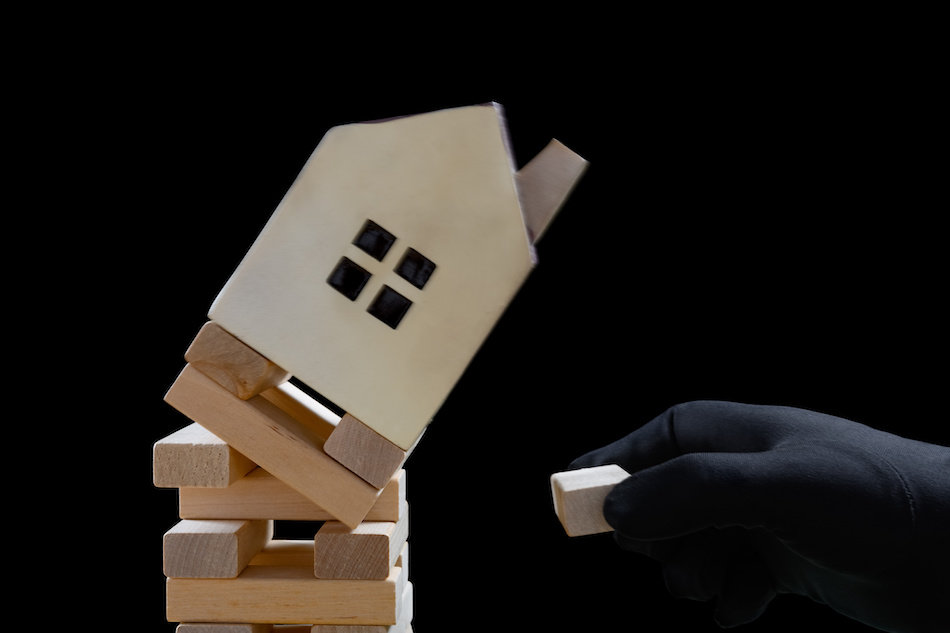10 Signs That Reveal Potential Foundation Damage & How to Address Them
Posted by Lauren Schneider on Tuesday, April 20th, 2021 at 7:32am.
 A house is a major investment and one all homeowners want to retain value. Sometimes events happen that can cause significant damage, especially if not remedied in time. For instance, any flaws or damage found in a home's foundation can result in more severe problems. Learn to recognize early warning signs of potential foundation problems and act quickly to fix them.
A house is a major investment and one all homeowners want to retain value. Sometimes events happen that can cause significant damage, especially if not remedied in time. For instance, any flaws or damage found in a home's foundation can result in more severe problems. Learn to recognize early warning signs of potential foundation problems and act quickly to fix them.
Causes of Foundation Problems
Foundation problems can result from several factors. Many are directly related to the soil underneath and surrounding the house. Fluctuations in soil expanding and shrinking can put too much force on a structure and damage it. Poor drainage is another primary cause of foundational issues.
Over time, pressure can build beneath the ground's surface around a structure's basement or crawl space. This force can put pressure on walls that lead to cracking and bowing. Eventually, too much water may enter the house and lead to humid and moldy conditions. Homes located in areas that see excess rain or snow (in both warm and cold climates) can become vulnerable due to problems associated with poor drainage.
Slab foundations often conceal sewer lines and water pipes. If leaks occur, this can create deteriorating conditions in the foundation. Large trees with expanding roots can also cause foundational problems if left unchecked. Roots can intrude into a home and put excess pressure on basement foundations, along with taking too much moisture, causing the soil to contract away from the house.
Early Warning Signs of Foundation Problems
Homeowners should not ignore foundation issues — minor problems can develop into significant ones. Early warning signs include:
- Foundation and other exterior cracks
- Foundation settling or sinking
- Doors or windows not operating correctly (e.g., sticky)
- Gaps around window frames or exterior doors
- Foundation upheaval
- Interior wall cracks
- Basement wall cracks extending from floor to ceiling
- Sagging and uneven floors
- Wet crawl spaces/odd smells from basement
- Increased number/diversity of insects found in the home's lowest level
The longer the flaw exists, the more dangerous the problem can be, and the more expensive it'll be to fix.
How to Remediate Foundation Problems
Knowing what to look for is key. Homeowners should be proactive in looking for potential problems and taking action to have them corrected. First, check to see if the foundation appears to be “straight,” with no bulges or curves. While inspecting the exterior, look for cracks. Small cracks aren't usually an issue, but larger ones or ones that “zigzag” are a huge warning sign.
The foundation's concrete should be hard with no pieces coming off. To detect potential problems, take a screwdriver and poke the foundation to see if any pieces dislodge or flake. Eyeball the home's perimeter to see if it appears to be sinking in any areas. The condition of a home's basement or crawl space can also offer tell-tale signs, such as any puddles or wet/rotting framing. Supporting posts should not tilt.
Foundation issues are not a typical DIY project, no matter what tools you have in your toolbox. Usually, it's best to call in a professional foundation repair expert who will diagnose the problem. Evaluations are often free.
It's not uncommon for issues to arise due to normal settling, and this is easily corrected if any remediation is needed. The problem is when unusual occurrences are more serious and, if left unchecked, lead to conditions that put the home and its occupants in jeopardy. A professional can thoroughly inspect the home, and if an important issue is discovered, they can offer remediation solutions to ensure the house's structural integrity remains intact.
